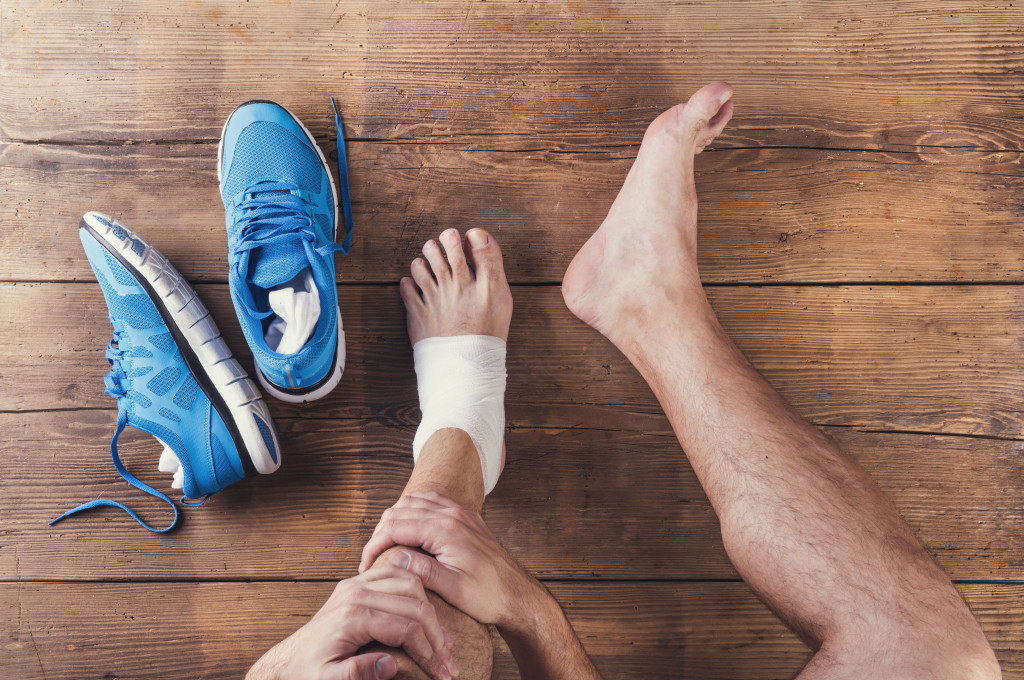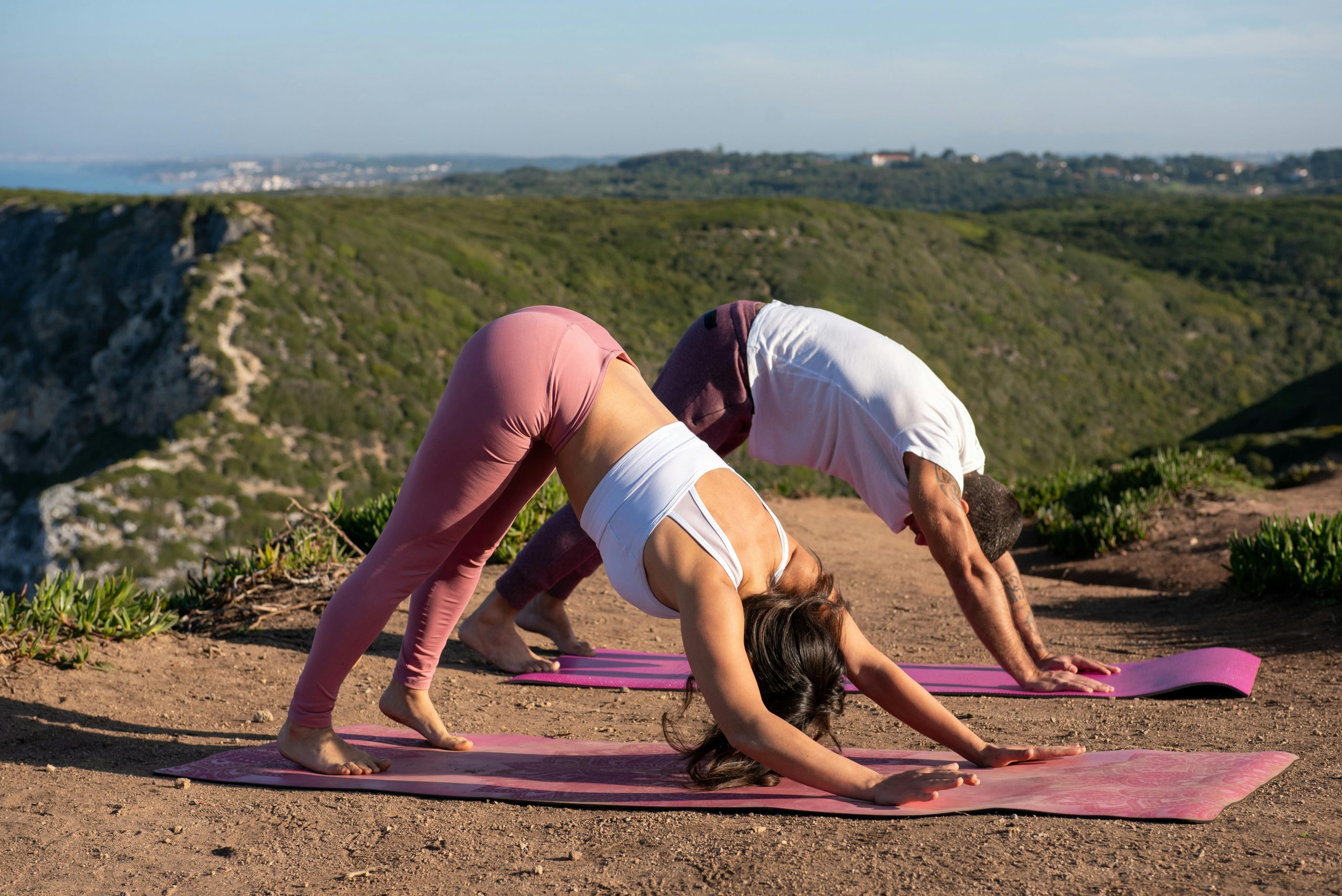Although our existence does not rely on our ability to outlast a mammoth these days, regular jogging may help you live longer and have a higher quality of life. Multiple studies have found running substantially lowers your risk of developing melancholy, anxiety, and other mental disorders, while also boosting your mood and elevating your emotions of vitality and well-being.
Simply put, we should all do more physical activity. After all, it is the cheapest and most straightforward method of improving your health, fitness, and mood — all you need is a little investment of time and effort on your part to achieve this. This professional advice from some of the country’s most accomplished athletes, coaches, and specialists can help you make your effort go further and more quickly.
Prepare Yourself
It pays to plan ahead of time in life, as with everything else. In the case of those starting with running and have no long-term goals in mind, this may include choosing how frequently they will run — but, if you have a specific event in mind, creating a training program is often the first item on their to-do list. It would be best if you had a strategy to achieve your goals, whether they are as simple as finishing your first actual race or as ambitious as breaking your personal best in a marathon.
Otherwise, you risk going nowhere quickly. Find a decent off-the-shelf plan or consult with a competent running coach to create a custom plan for your needs and goals. Generic programs, which are accessible for free and are focused on covering a certain distance in a specified amount of time, have shown to be effective for many runners. Make sure that it has been set together by a professional and know the rationale for each of the sessions. This will provide you the flexibility to make minor adjustments depending on your weekly plan and your success.
Join a Community
When it comes to running, being alone may be one of life’s greatest pleasures. However, if you’re putting in many runs per week as part of a training plan, completing some of them along with other individuals is a beautiful way to remain motivated, meet new people, and find recent locations to run. Most cities now have free-running groups – many specialized running shops host multiple teams ran every week – or you may look into joining a local running club if you don’t already have one.
You don’t have to be a super-fast runner to participate — they welcome people of all ages and athletic skills. On top of that, you can have other people help you monitor your progress and give you feedback. With a reliable sports speed gun, you and your friends can watch each other’s speeds and even hold friendly matches.

Invest in Running Gear
Investing in a high-quality pair of sports shoes should be the first thing on your buying list. Not necessarily investing a lot of money, but putting in some effort to figure out what the best pair of shoes for you is required. Fortunately, there are many options available. This advice from the professionals at Runners Need, a specialty running store, will be of assistance. Examine the terrain in which you want to run and choose running shoes appropriate for the conditions there.
The use of road shoes with designed heels is not recommended if you spend most of your training time off-road since they will make you more unstable and increase the likelihood of turning an ankle during your training. Similar to this, a pair of trail running footwear with heavily studded outsoles will be very unpleasant on paved roads since the studs will push into the soles of your feet as you walk.
Work on Your Routine
When you initially start jogging, your goals are usually basic; to become healthier or spend more time outside, but after a while, you’ll undoubtedly begin to think about how to improve your pace. They will assist. Consistency is the key to improving as a runner. Regular running will enhance your cardiovascular fitness, boost your sustainable rate and speed, and improve your recovery.
This only holds if you implement a reasonable, practical, and gradual training schedule. Schedule lengthy runs on occasions when you can fit them in. It would be best if you were consistent but yet realistic.
The best way to improve your running is to put in the kilometers. It doesn’t have to be all footwork. Simple exercises that develop muscle and endurance may help you run faster. This workout regimen may support injured knees, hips, and lower back. Any running plan, from a half-marathon to a casual run, may benefit from the exercise.





